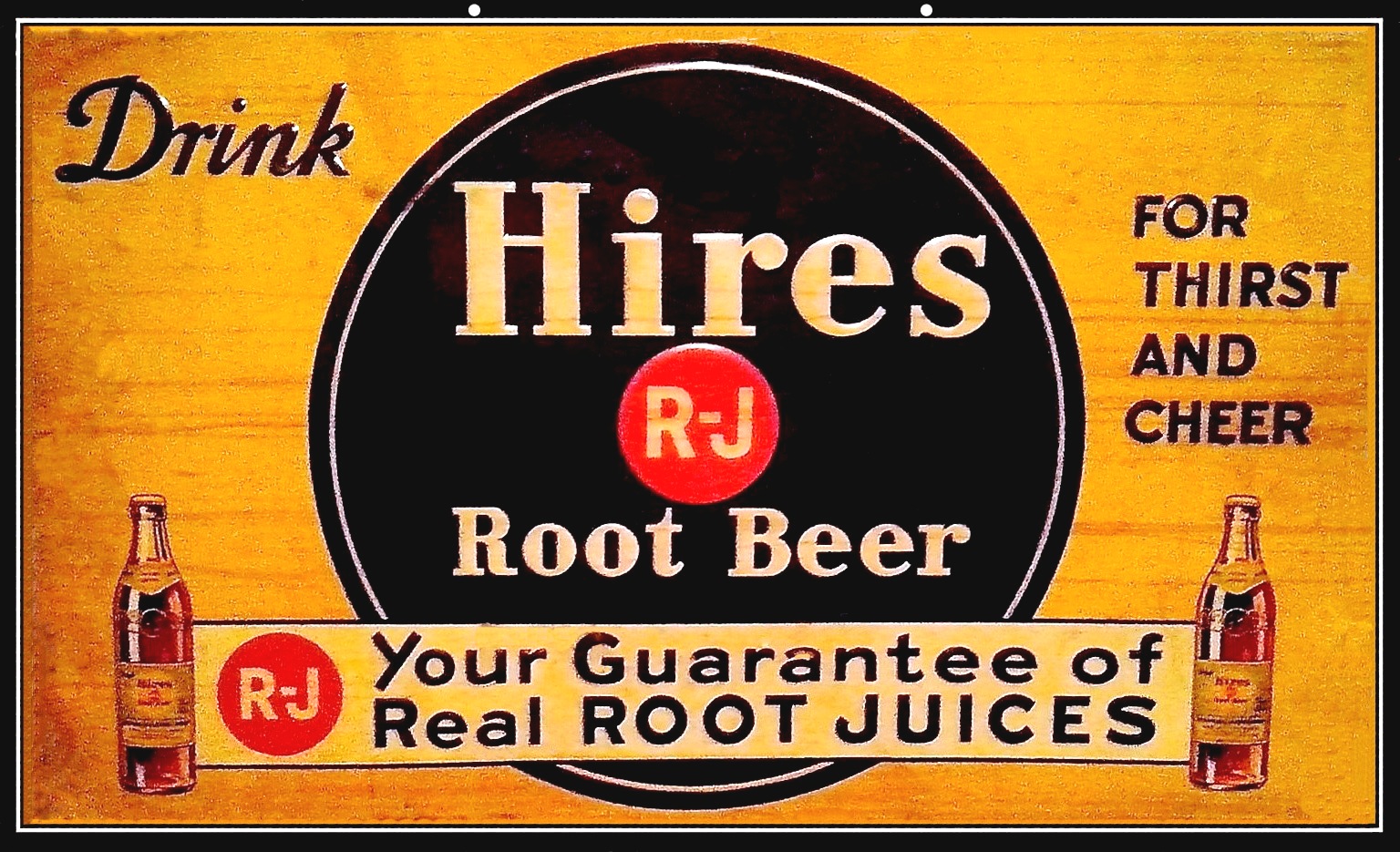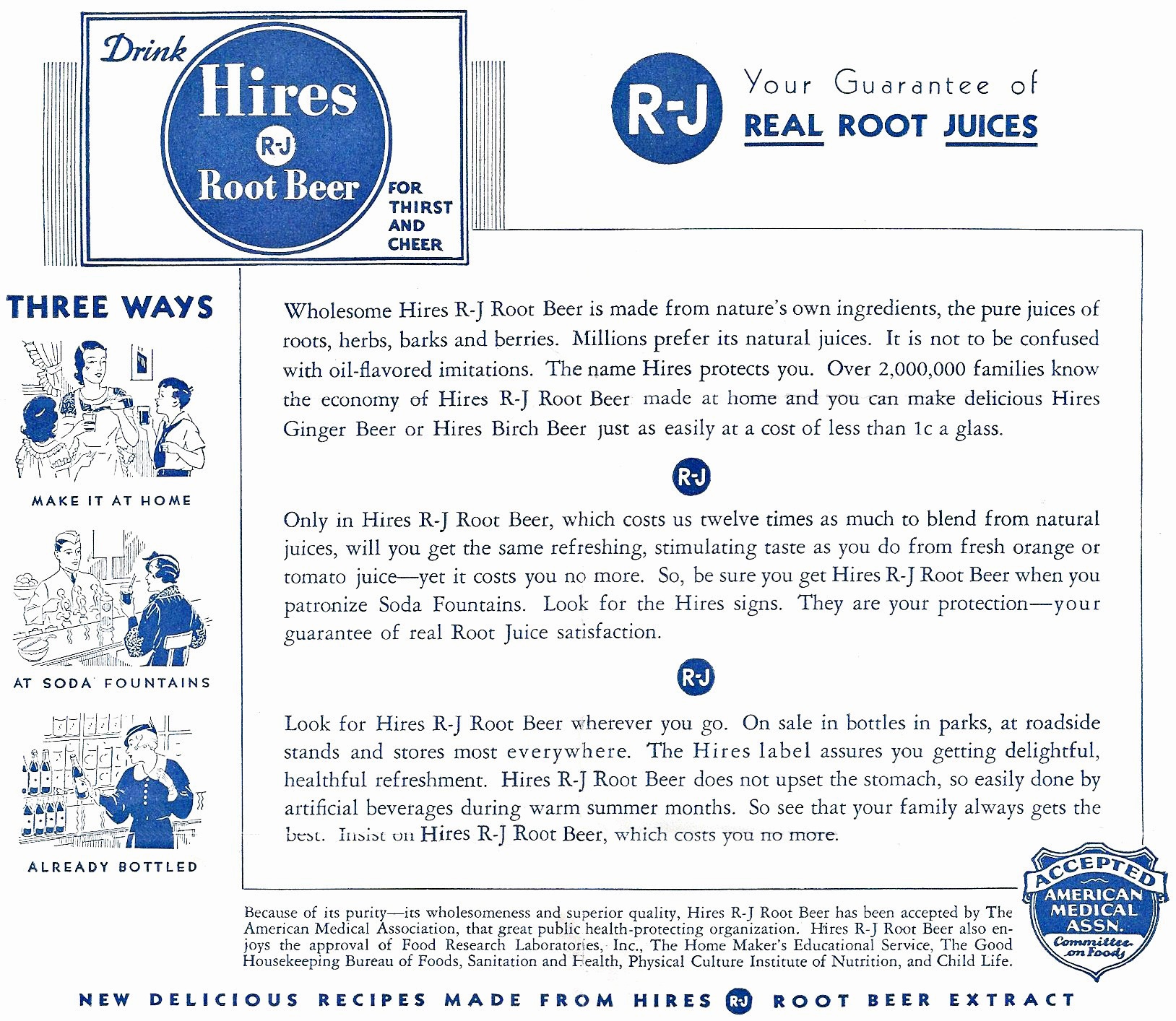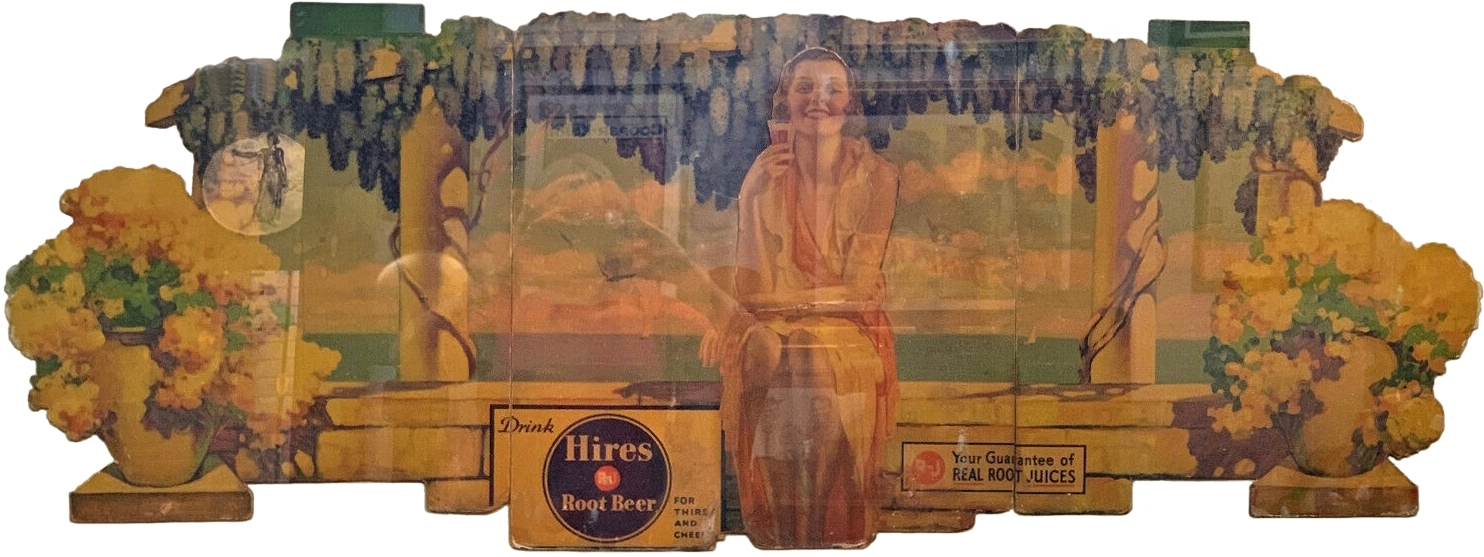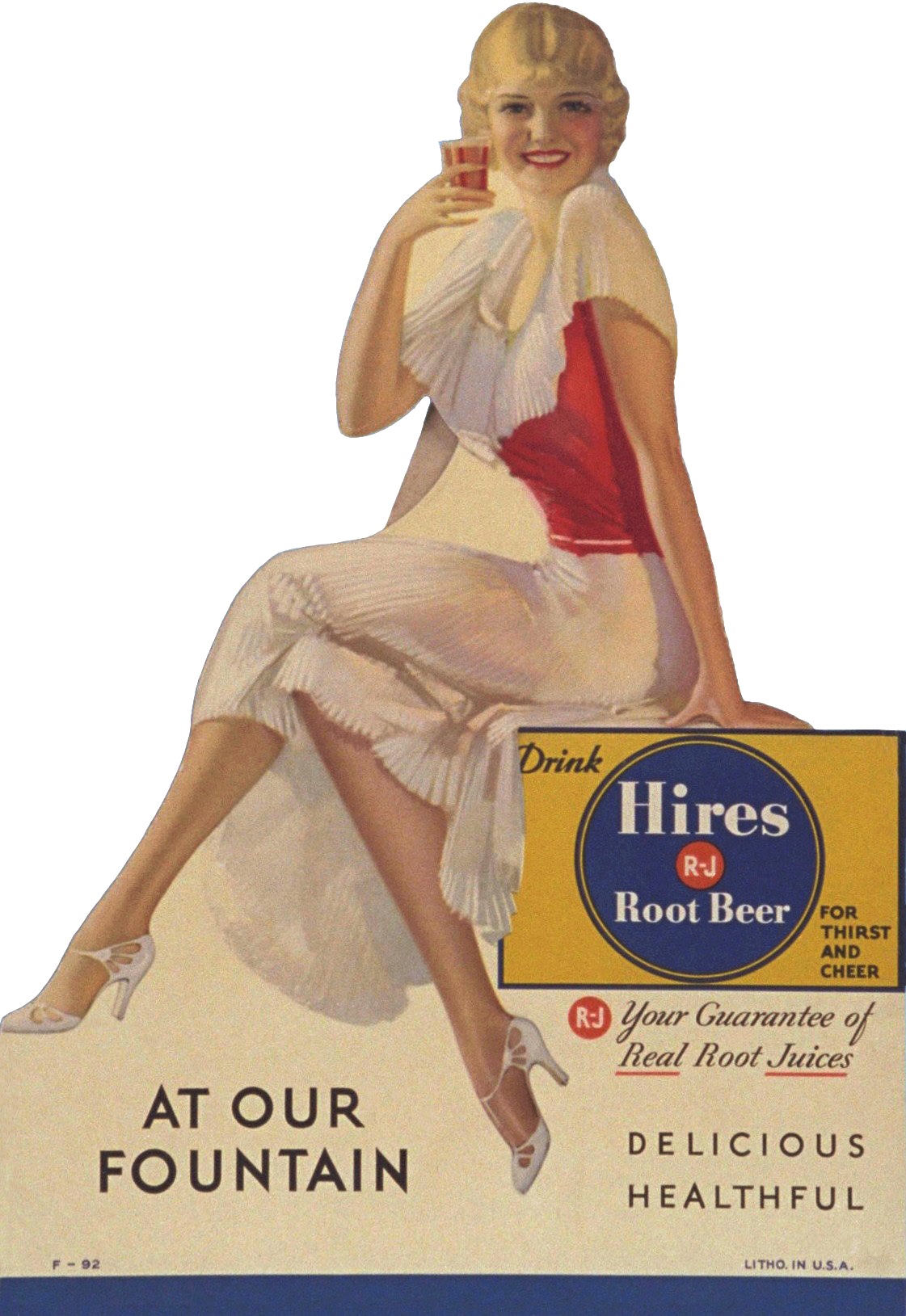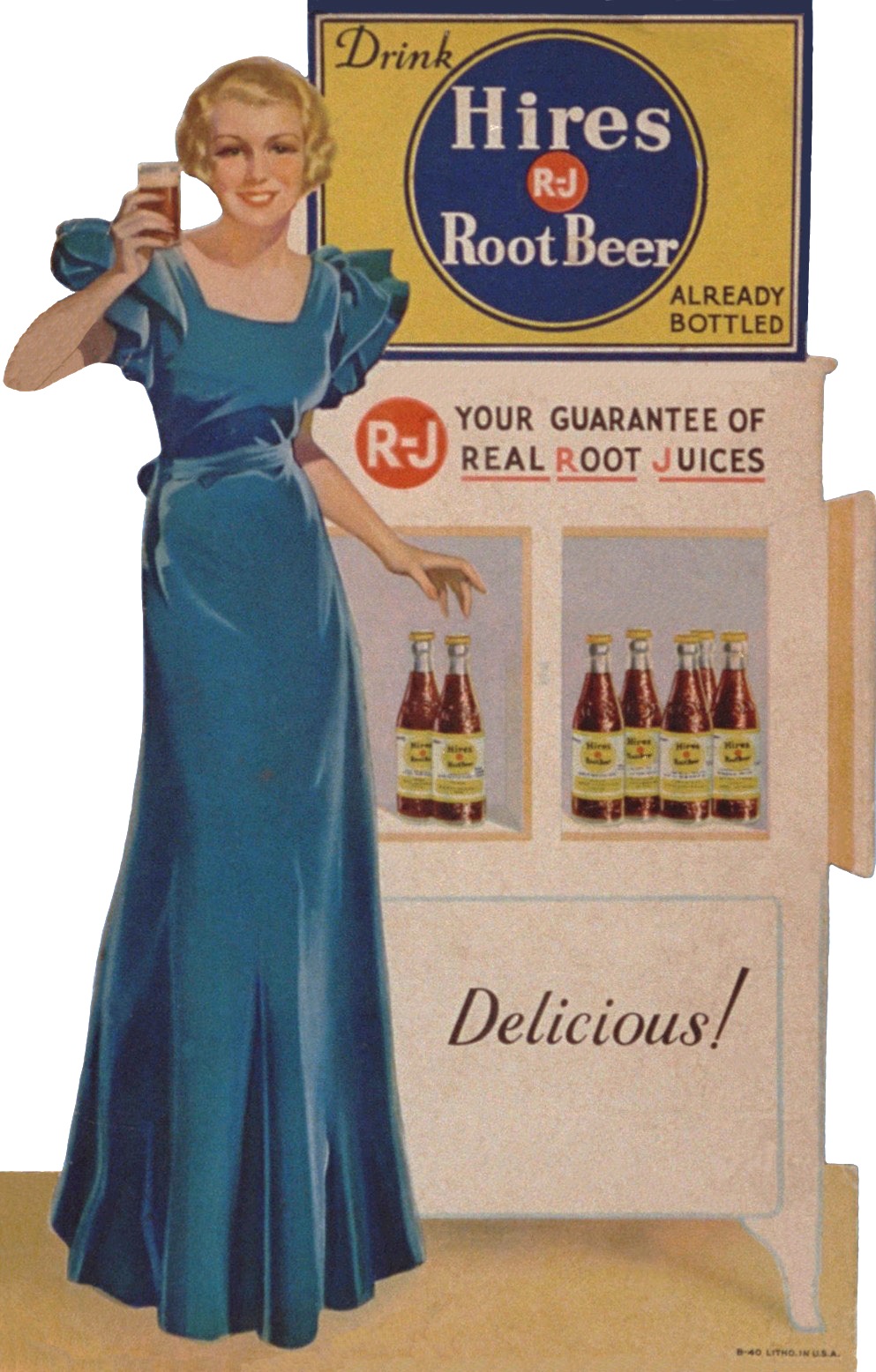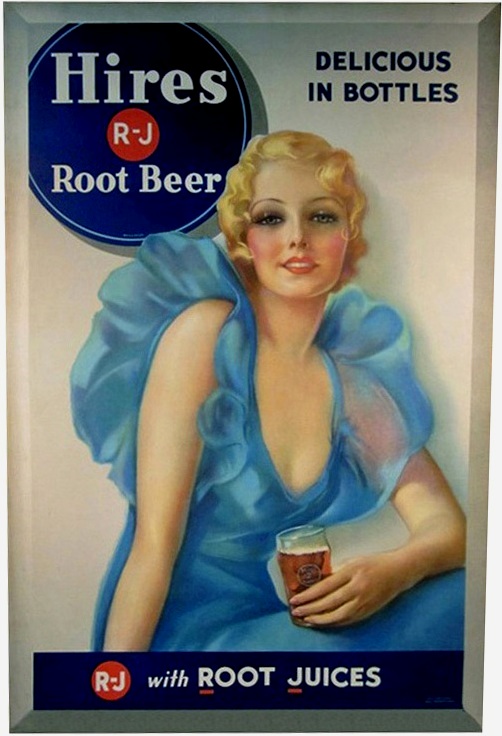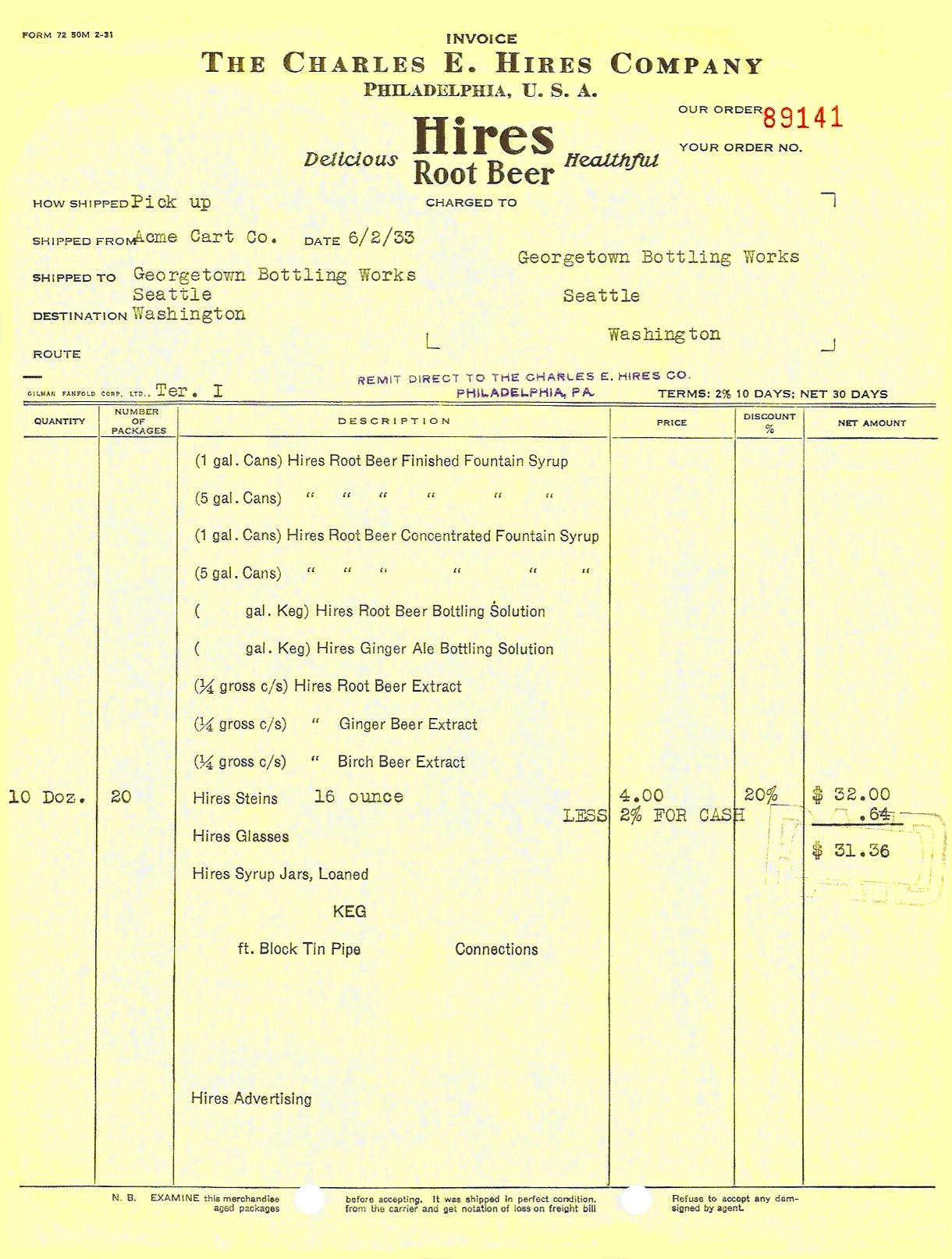1933
IT HAPPENED IN…1933
President Franklin D. Roosevelt’s inaugural
address included “The only thing we have to fear is fear itself,”
and he soon started his “fireside chat” radio broadcasts.
The change of administration deepened the economic crisis and
bank holidays were declared, but by the end of March over 75% of all
banks were operating again.
The Banking Act of 1933 establishing the Federal Bank Deposit
Insurance Corporation.
Numerous farm aid acts were passed as farm price levels continued to
fall.
The Tennessee Valley Authority was established to
control flooding, institute reforestation of marginal lands, and
provide rural electrification.
Average life expectancy was 59 years, a gain of
10 years since 1900.
The 21st Amendment to the U.S.
Constitution was adopted and Prohibition was repealed.
President Roosevelt reportedly said “I think this would be a
good time for a beer.”
Newly introduced products and inventions included
drive-in movie theaters, walkie-talkie radios, Windex, comic books,
Campbell’s chicken noodle soup, and Ritz crackers.
Newly introduced soft drinks included Ju’Cy
Orange, Par-T-Pak, Upper 10, and Mission Orange.
6,728 U.S. soft drink bottling plants were in
operation. Per capita
consumption was 33.1 bottles.
Hires introduced the “Your Guarantee of Real ROOT JUICES” slogan during 1933.
(Figure 1933-01, embossed tin
sign, 30.0” x 47.0”, surface weather damage)
This metal display rack with scissor hinges was
designed for use on store counters.
It held a dozen cartons of Hires Extract.
Note the mirror incorporated into the unit.
(Figure 1933-02, metal display
rack for Hires Extract cartons)
The “Your Guarantee of Real Root Juices” slogan was also added to the 1933 Hires Extract carton inserts.
(Figure 1933-03, Hires Extract
carton insert, front)
(Figure 1933-03, Hires Extract
carton insert, back)
This one gallon, 9.75" high, 5.75" wide, 4.0" deep
Finished Syrup tin includes the slogan “R-J YOUR GUARANTEE OF REAL
ROOT JUICES.”
(Figure 1933-04, one gallon
Hires R-J Root Beer Finished Syrup tin)
Once again Hires returned to using artist’s
renderings of beautiful, young women.
(Figure
1933-05,
Collier’s, May 13, 1933 and
Saturday Evening Post,
June 4, 1933)
The same young woman’s image was also used for this
11.0" x 6.0", die-cut, cardboard, easel-backed, counter or window sign.
(Figure 1933-06, die-cut,
cardboard, easel-backed, counter or window sign)
This three-part, die-cut, cardboard festoon features the same young woman and has been framed under glass to preserve and display it. Unfortunately the best image currently available includes reflections in the glass of the photographer, lighting, and items on the wall behind the photographer.
(Figure 1933-06.5, die-cut,
cardboard festoon, 18.0" x 53.0")
Here's another in a series of Hires advertisements
featuring attractive young women.
(Figure
1933-07,
Collier’s and
Saturday Evening Post,
July 15, 1933)
The same young woman’s image was re-used for this
14.0" x 9.0", die-cut, cardboard, easel-backed, counter or window sign.
(Figure 1933-08, die-cut,
cardboard, easel-backed, counter or window sign)
Noted American artist Bradshaw Crandell illustrated
this advertisement.
(Figure
1933-09,
Saturday Evening Post, May 27, 1933)
The same Bradshaw Crandell-drawn young woman with a
glass of Hires R-J Root Beer was posed with several bottles stored in a
cooler for this 14.0" x 7.0" die-cut, cardboard, easel-backed counter or
window sign.
(Figure 1933-10, die-cut,
easel-backed, cardboard counter or window sign)
This poster features an illustration drawn by Rolf
Armstrong.
(Figure 1933-11, cardboard
poster, 26.25” x 39.5”)
Although Hires had introduced the R-J logo, district offices were still using their existing supply of company invoices printed in 1931. This example documents the sale of 10 dozen 16 ounce Hires steins priced at $4.00 per dozen, and then discounted 20% and another 2% for paying cash, for a total of $31.36 or just over $ .26 per stein!
(Figure 1933-12, Hires
invoice, June 2, 1933, form printed in 1931)

